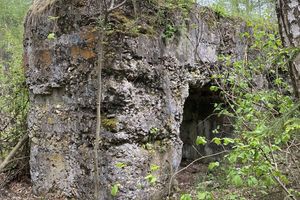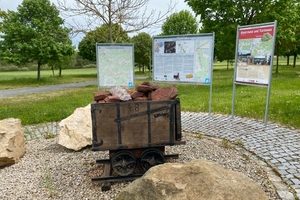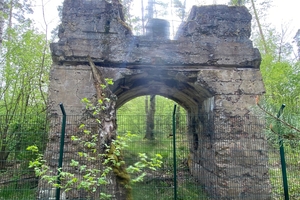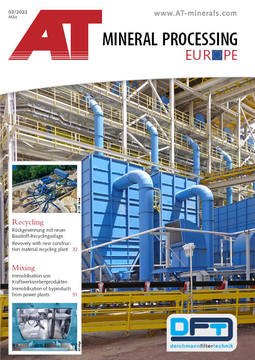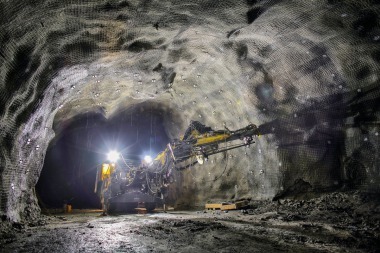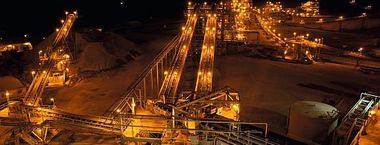By the way
Lead mine Vesuvius near Freihung
How about a visit to Mount Vesuvius? We are not referring to Mount Vesuvius near Naples, but to what is probably the largest lead ore deposit in Europe near Freihung in the northeastern Upper Palatinate quarry mining area with the “Vesuvius” mine, which was awarded a mining licence in 1864. A signposted hiking trail leads through the historical mining area, which is actually closed by the mining authorities, where only a few remains of the former processing plant still exist. 13 hiking boards inform about the history of lead mining, which was first mentioned in a document in 1427. However, the origins are said to go back to the 13th century. After several main periods – e.g. around 1550 to 1650 and around 1800 to 1900 – mining at Freihung has been dormant for almost 80 years now. The last shaft was sunk in the 1940s as an experimental shaft. This marked the end of mining activities in the area. It is interesting that the main minerals are present as impregnations in the Keuper sandstone-bound cerussite (PbCo3 – white lead ore) and pyromorphite (Pb5[(Cl/(PO4)3] – green lead ore).
Today, only unvegetated dumps, which look like sand dunes by the sea, and some remains of a processing bear witness to the mining that lasted for centuries. The name Freihung, like many place names with similar origins (e.g. Freiberg or Freital), goes back to the freedoms that the sovereigns granted to mining towns to boost mining.
History can be moving – especially if you move along with it.
Author: Uwe Bruder

